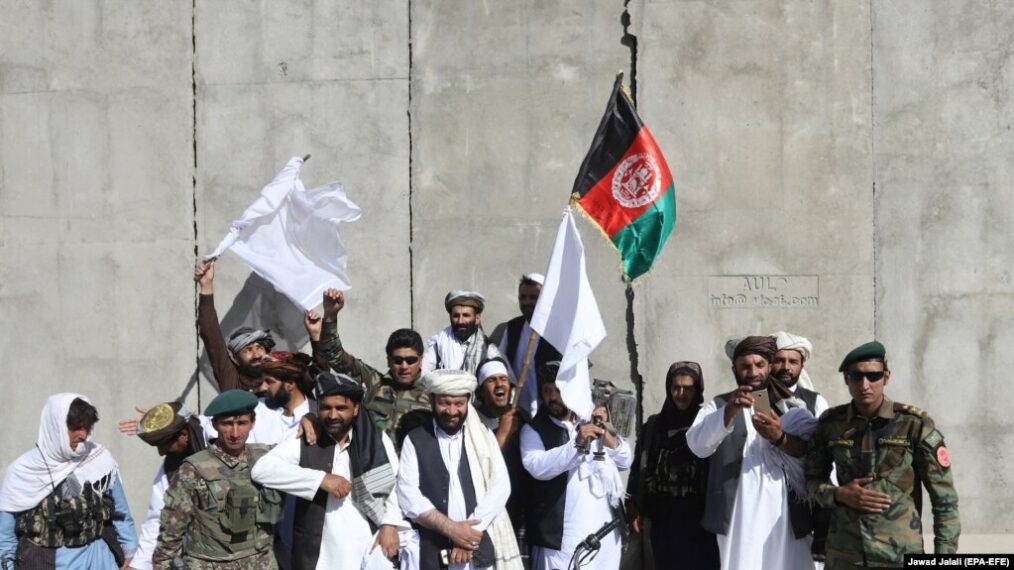
The Security Threats to Afghanistan and its Problematic Shift to Peace
As the conflict status for Afghanistan resides on worsening, there has never been more reasonable grounds for troops to patrol and protect their people and prevent attacks from awaking.
With a robust Afghan National Security Force of approximately 350,000 troops, (1,000 UK and 3,500 US troops) deployed from the country Army Forces, its violence and security threats are supposed to have decreased under the freedom and protection intended under the NATO political and security agreement. After all, 30 countries are making executive decisions and a consensus on the actions best used to provisionally deter the threats and control of the Taliban and its ‘safe haven’ to terrorist groups in Afghanistan, such as Al-Qaeda.
There is still doubt among the citizens of Afghanistan, that deadly violence will most likely persist as a national surge. This is said to last until the Taliban and Afghan Government can form an alliance. Principally, this agreement is realistic in terms of how safety and control can be preserved. This is without further disruption from adversary parties or terrorist groups. To understand what could influence a peace alliance for Afghanistan, it is best to explore its current and emerging threats.
Afghan Threats: Now and Tomorrow
Since 1978, there has been internal conflict, centred around revenge violence and political insurgence. This is between Afghan anti-communists and Afghan’s communist Government, known as the ‘Afghan War.’ Deadly threats soon turned into actions. This was largely in response to the September 11 terrorist strikes, which were mostly US-led invasions on the Afghan people. Subsequently, this guided the withdraw of the Taliban’s power in Afghanistan.
Ever since the devastating attacks, the US has been Afghanistan’s greatest threat – and in many ways – enemy. However, it is agreed that whilst both forces work together in the fight against terrorism, the elimination of “real threats” is underway. This is evident with the Taliban, ISIL, Al-Qaeda and their offline and online affiliates, in light of “#TalibanOurGuardians” circulating on Twitter as a top trending hashtag as they attempt to takeover across Central Asia.
Today in the small and large cities of Afghanistan, there are ongoing security threats from Kabul towards Pakistan that highlight a potential resurgence of Al-Qaeda after the Taliban fails to cut ties, even after they pledged to do so. The Taliban are utilizing Al-Qaeda’s men that reside in Afghan, as their military position is stronger than ever before. If the Taliban choose to echo Al-Qaeda’s chain of commands, there will likely be an increase in violence.
Furthermore, there may be a disturbance to homes when used as ‘shields’ and predominantly women’s rights. This may jeopardise the progress made towards education and work for Afghan women and girls.
While terrorist groups become more advanced with technology and intelligence, the rationale for defence and preventing further threats is to form a relationship and offer cooperation between the Taliban and outside Governments. This may be an attempt to end the ‘forever war’ in Afghanistan.
Many argue that the Afghan War will heighten with bloodshed and brutality. Consequently, this may result after its mutuality is lost between the NATO groups and the withdraw of US and British troops. This is evident with the Taliban capturing over 30 districts across Afghanistan, 48 hours following the US withdrawal announcement on June 19.
This is further reinforced with approximately 200 Humvees having been captured from All Nippon Airways in just 3 weeks. This will cause substantial disruption for US and British Air Forces in conflict zones. Essentially, this a faster reign of power than ISIL in Iraq in2014.
Could this jeopardise the US Government’s hold on the fight against terrorism? Many have argued that it has at least confirmed that their 20-year led mission to defeat has. Consequently, there is a difference in opinion. This is due to the conflicting opinion that peace action will bring great alliances for Afghanistan. This may eventually prevent the level of terrorism on their soil in years to come.
However, it is most likely the Taliban will continue to surge without cutting ties with Al-Qaeda. This is both a terrifying and dangerous period for the Afghan people; especially for those who disagree with the Taliban’s extreme beliefs.
Conclusion
There will always be crime and extremism among Afghan communities. This is likely due to its unrepairable history of terrorism conflict. Consequently, the momentum for change to peaceful neighbourhoods is heading in an undepictable direction.
Without ground protection from troops, threats will become harder to suppress and may be too late to prevent. Nevertheless, there is a somewhat logical basis for the Government’s decisions to build trust and alliance with Afghanistan’s violent extremist organisations. Most importantly the Taliban.
The progress towards peace will be determined in the forthcoming months. This will be measured by the Afghan Government’s attempts to tackle the Taliban insurgency. Beyond all, this will depend on how the control takeover is targeted whilst utilizing the advantages of Counter-Terrorism strategies, such as networking and negotiation, for inviting cooperation and harmony in Afghan. This is before there is no way of “containing” terrorist groups and their affiliates in such countries.
